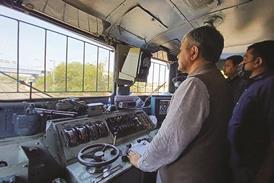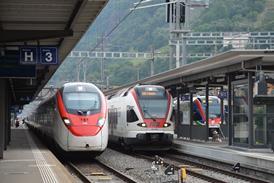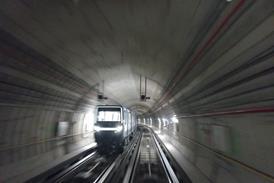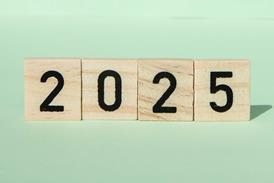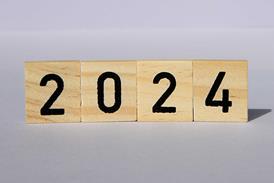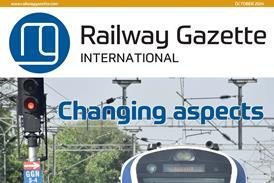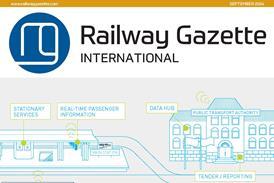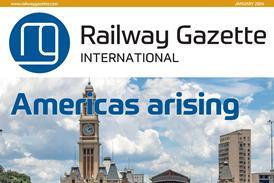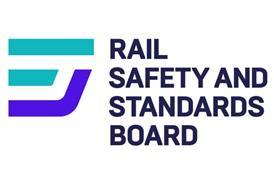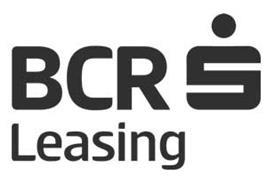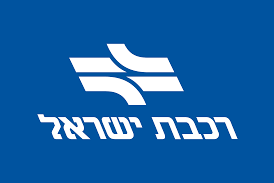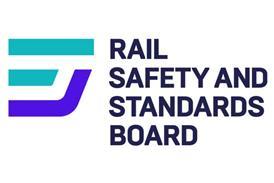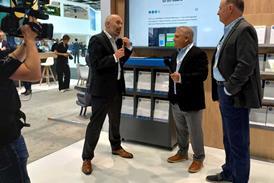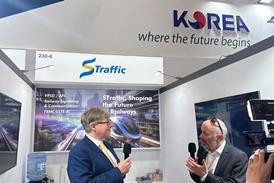Close menu
- Home
- News
- In depth
- Events
- Maps & Data
- Magazines
- Tenders & Jobs
- Sponsored content
Trans-Europ-Express renaissance proposed
By Railway Gazette International2020-09-22T13:24:00

EUROPE: A network of international long-distance high speed passenger services spanning much of western Europe could be launched by 2025 if proposals announced by Germany’s Federal Minister for Transport Andreas Scheuer at a virtual conference of Europe’s transport ministers on September 21 are taken forward.
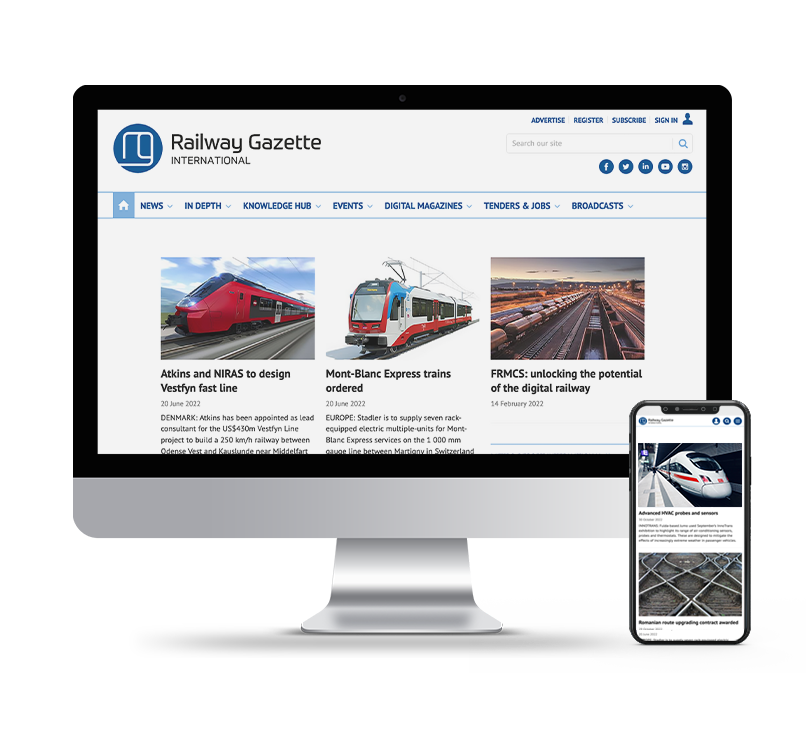
You have reached your limit of news stories for this month. Register for FREE to read this article and get:
- Increased access to online news coverage from:
- Railway Gazette International covering the global railway industry
- Metro Report International covering the urban transport sector
- Rail Business UK industry news for the British railway market
- Weekly e-mail newsletters covering the sector(s) of your choice
If you are already a registered user or a subscriber you can SIGN IN now
Site powered by Webvision Cloud

